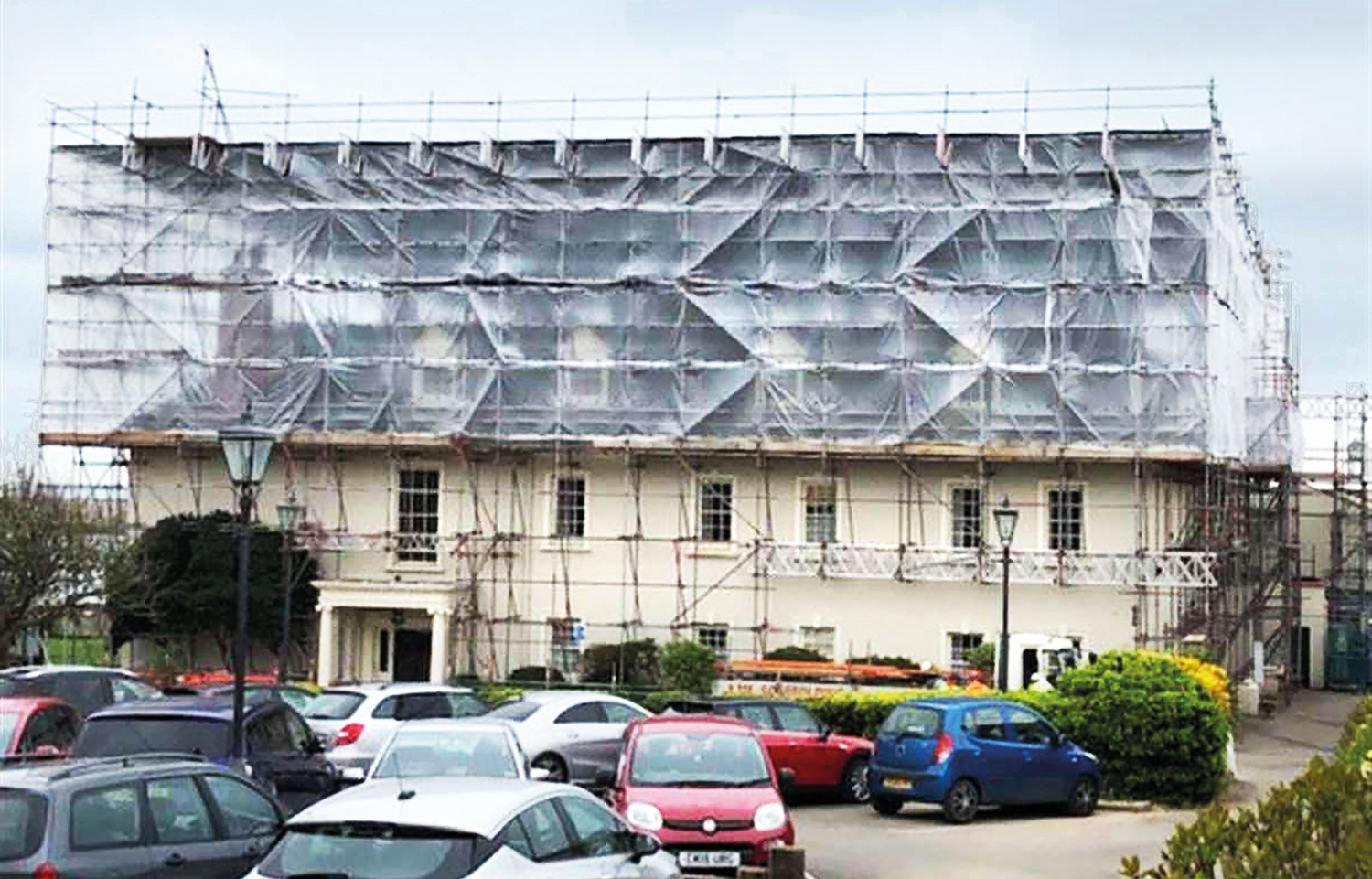
Exposure to risk needs to be understood by anyone undertaking dual dutyholder roles, explain Olivia Jenkins and Tim Hillier of Trowers & Hamlins.
It has nearly been a decade since the Construction (Design and Management) Regulations 2015 (CDM) came into force. During that time, the Health and Safety Executive (HSE) has concluded nearly 200 prosecutions for CDM breaches, resulting in multiple custodial sentences and fines in excess of £16m being issued.
With those figures in mind dutyholders, undertaking the role of principal designer and principal contractor under CDM, could be forgiven for being deterred from simultaneously undertaking those roles under new secondary legislation to the Building Safety Act. Those rules increase statutory obligations and, for non-compliance, attract the additional possibility of unlimited fines and imprisonment.
We consider some of the potential liability risks that will need to be understood by anyone undertaking dual dutyholder roles.
CDM prosecutions
Fines imposed for CDM breaches over the past four years nearly tripled those recorded in the previous four years.
In October 2023 dutyholders, held responsible for breaches of CDM (and other health and safety legislation) during their management of a roof renovation project at Moonfleet Manor hotel in Dorset, were collectively fined more than £600,000 (including costs) after a slate tile came off the roof and fractured the skull of a three-year-old child.
The largest fine imposed for CDM breaches alone was issued in April 2022 and totalled £900,000. The case involved a worker striking a live underground cable with an excavator. A further fine was simultaneously issued to the same organisation for breaches of parallel duties under separate health and safety legislation
Any client, contractor, principal contractor or principal designer carrying out building work during the course of its business under CDM is likely to be particularly alarmed by
the courts’ willingness simultaneously to impose fines for breaches of CDM and separate legislation following the introduction of the Building Regulations etc (Amendment) (England) Regulations 2023 (BRAE Regulations).

BRAE Regulations
The BRAE Regulations apply to all construction projects that fall outside the definition of minor work (in Schedule 4 of the building regulations 2010). The regulations extend dutyholder obligations during the design and construction of buildings in relation to the:
- competence of those undertaking dutyholder roles;
- appointment of people with the necessary knowledge and skills;
- planning, management and monitoring of building work;
- supply and gathering of information; and
- cooperation of, and coordination between, the appointed project supply chain.
They also impose additional duties upon:
- dutyholders of buildings that are at least 18m in height (or which have at least seven storeys), and contain at least two residential units or care homes or hospitals (now known as higher-risk buildings); and
- those legally responsible for a higher-risk building, or for repairing and maintaining its common parts (as the assigned ‘accountable person’).
Obligations imposed upon principal contractors under the BRAE Regulations are more onerous than those imposed upon principal designers. This – coupled with the fact that the majority of recorded prosecutions by the HSE under CDM have involved contractors and subcontractors – is likely to act as a particular deterrent to contractors considering undertaking the dual role of principal contractor under CDM and the BRAE Regulations.
Dual liability under CDM and BRAE Regulations
Clients, contractors and designers will usually be the same on a construction project under CDM and the BRAE Regulations.
Published government guidance indicates an intention for principal designers and principal contractors to be also the same under CDM and the BRAE Regulations. They may not be willing to undertake dual roles in practice, however, given the potential financial and criminal sanctions available for non-compliance,
which can include:
- criminal convictions involving: unlimited fines and up to two years imprisonment;
- unforeseen project costs and delays following contravention notices being issued requiring the removal or rectification of building work; and the refusal of building control approval and completion certificates; and
- civil liability for financial losses arising from breaches of CDM and the BRAE Regulations.
Civil action under CDM and BRAE Regulations
Civil action to recover financial losses cannot be pursued against dutyholders by non-employees for breach of CDM alone, unless the breach concerns duties set out in the following sections of CDM:
- 9(1)(b);
- 13(6) and (7);
- 16;
- 22(1)(c) and (l);
- 25(1), (2) and (4);
- 26 to 44; and
- Schedule 2.
In principle, section 38 of the Building Act 1984 (the BA) separately enables a party to take civil action against a dutyholder to recover financial losses incurred as a result of breaches of building regulations. This would include the BRAE Regulations.
However, section 38 of the BA is not yet in force. Despite the passage of 40 years, no regulations have ever been laid to bring this section of the BA into force, and there is currently no indication when they will. Without section 38, there are no clear means by which a statutory cause of action can be pursued against a dutyholder for breaches of the BRAE Regulations alone.
There are alternative means by which civil action for damages could be successfully pursued against a dutyholder following breaches of CDM and the BRAE Regulations, including:
- in statute – if the dutyholder’s breaches also contravene other legislation under which a statutory cause of action is pursuable (for example under the Defective Premises Act 1972);
- in contract – if a dutyholder breached express or implied contractual obligations to comply with either or both statutory instruments and doing so caused the other contracting party to suffer recoverable financial loss; and
- in negligence – if the dutyholder owed a party a duty of care at common law, which extended to an obligation to protect that party from financial losses incurred as a result of the dutyholder’s breaches. It will be substantially more difficult for a party to establish a claim in negligence against a dutyholder without any contractual relationship.
Consequently, it is common for construction contracts – including the JCT and NEC suites of standard form contracts – to make compliance with CDM and applicable building regulations a contractual (as well as statutory) obligation, so that there is a separate means by which civil action can be taken to recover losses in the absence of any available statutory cause of action.
Key takeaway for dutyholders
If a dutyholder owes statutory obligations under CDM and the BRAE Regulations, it should be alive to the fact it could now find itself in a position where it is simultaneously liable for damages in a civil cause of action (particularly if it is contractually required to comply with those obligations) and criminally prosecuted by the HSE under both sets of legislation.
All dutyholders will benefit from taking proactive steps to ensure their exposure to risk is better understood and mitigated on each construction project they embark upon. This may include revisiting insurances to ensure that they properly indemnify against any such risk, and ensuring that future construction contracts accurately record intended obligations under both statutory instruments.
Tim Hillier is a partner and Olivia Jenkins is a senior associate at Trowers & Hamlins.












